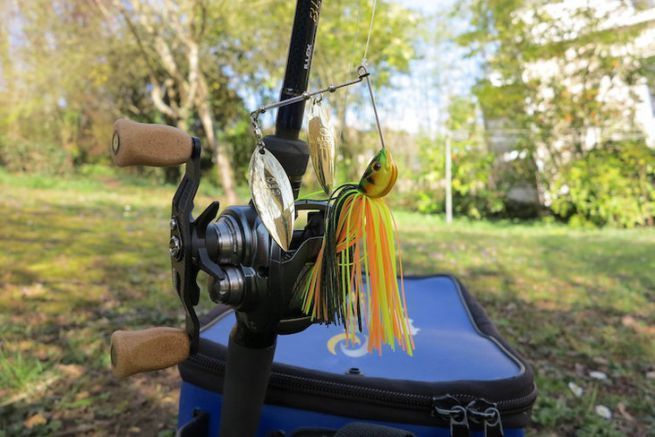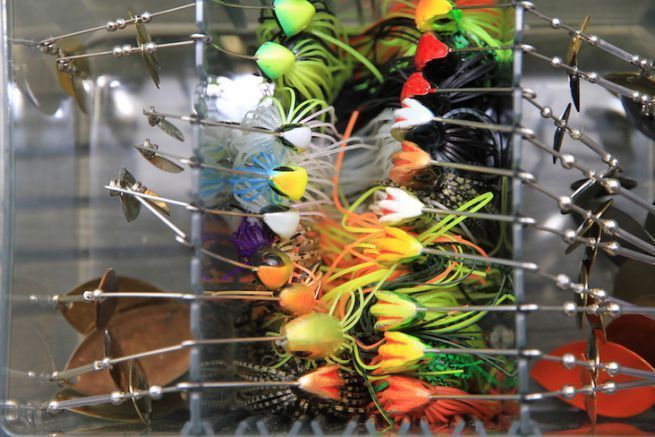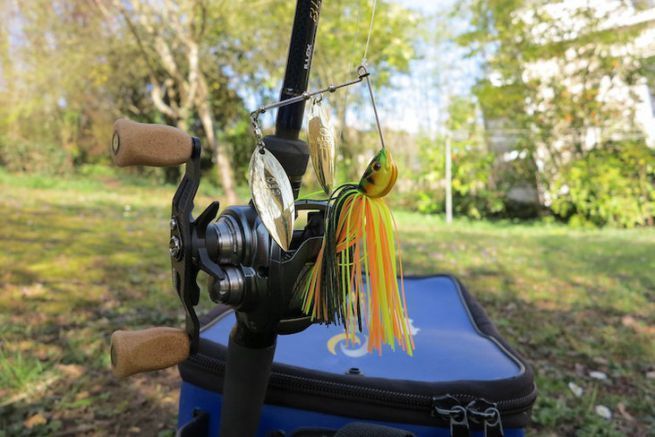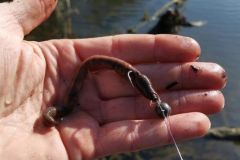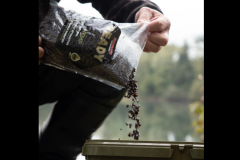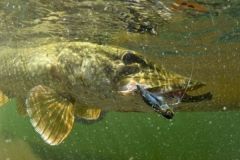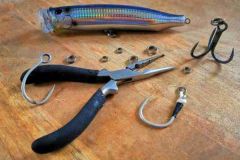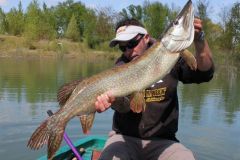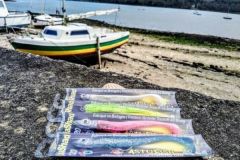First of all, it is important to specify that it is not necessarily necessary to dedicate a rod and reel set to the use of spinnerbaits. First of all, because not everyone has the means to multiply the rods corresponding to each technique. Also, because the spinnerbait is part of a larger family of lures: the so-called "vibration" lures. These lures have in common that they emit strong vibrations and pull relatively hard in the line during the retrieve. We can mention the following lures: crankbait, chatterbait, bladebait, lipless crankbait, etc. So if you need to dedicate equipment, it is to this family of lures, not to spinnerbaits in particular.
For a non-specific use of spinnerbait, it is possible to use either a baitcasting or spinning rod. However, the rod should have a relatively soft tip action to absorb vibrations, an average power of 10-30 g (allowing to search for pike, perch and black bass) and a length of about 2.10 m. To this can be added a reel with a medium ratio (75 cm/tm) and we have a very versatile set.
Let's now take a look at the equipment specially developed for the intensive use of "vibration" lures of classic sizes. Once again I personally opt for the use of baitcasting equipment. In addition to the reactivity and the speed of execution that this type of equipment allows, other specific characteristics come into play.
The reel
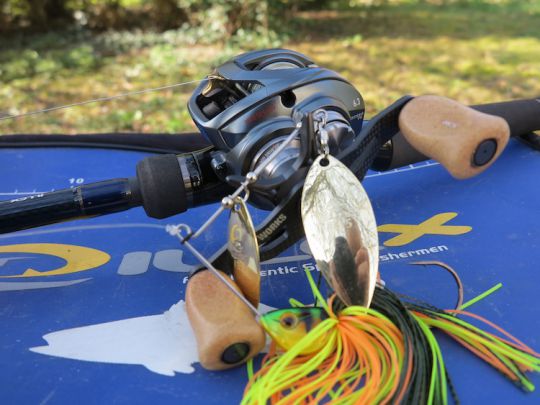
It is the "winch" effect of the casting reel that is interesting in this case. The line being in the axis of the reel, the recovery of a lure that pulls hard during the recovery will be easier and more comfortable. To accentuate the winch effect and to be able to fish slowly in linear I prefer a reel with a low ratio. Mine has a ratio of 6.3:1 for a recovery of 67 cm / tm (cm per turn of the crank). Spinning reels with a low ratio are rare what is moreâeuros¦
The cane
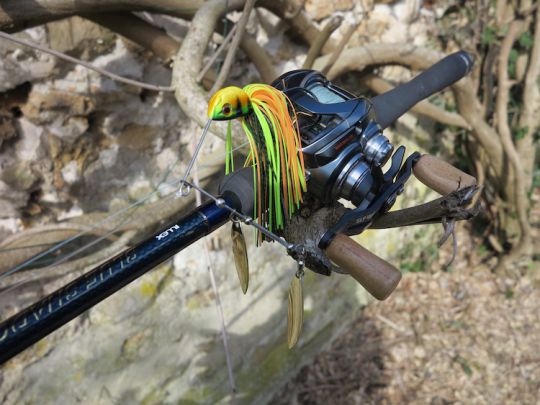
An MH rod of about 2.10 m and a power between 10 and 40 g will answer most situations. If you regularly fish large areas, either from the shore or from a boat, you can choose a longer rod (up to 2.40 m) in order to gain casting distance. Another specific characteristic of the rods designed for the intensive use of "vibration" lures is the integration of a certain percentage of fiberglass (5% in general) in the composition of their carbon blank. This makes the action of the rod more supple and absorbs some of the vibrations emitted by the lure. Moreover, the lures known as "vibrations" are very often used for the fishing known as "reaction". Because of the large amount of vibrations emitted, this is an incentive approach which puts a lot of pressure on the receivers of the predators, often causing them to react violently. In this context of frank and/or reflex attacks the rod will play the role of a shock absorber during the attack allowing to limit the stalls at the beginning of the fight.
The line
The purists of the genre will fill their reel with nylon or fluorocarbon. Once again it is a question of gaining in comfort because of the greater flexibility of these two filaments compared to braid. Personally, the action of the rod I use was thought for this type of fishing and to have tested the nylon I find the result too "soft". That's why I use a line body in braid of 19 hundredths of diameter. The whole plays perfectly its role of shock absorber. I would rather use nylon with a rod that has a fast tip action in order to recover some flexibility but this is a matter of opinion.
The leader of line
Finally, as far as the leader is concerned, for pike I use fluorocarbon between 75 and 90 hundredths since, unlike soft lures for example, the use of "vibration" lures does not require subtle animations and the size of the fluorocarbon will rarely hinder the swimming of this type of lure. For specific searches for other predators, and depending on the size of your spinnerbait, you can logically select smaller diameters of fluorocarbon.
Tip
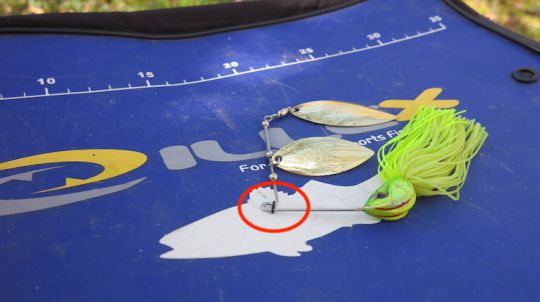
It's best to tie the spinnerbait directly to the leader rather than using a staple and risk having the staple slide down the lure's frame. This problem can be solved by adding a small rubber ring to the attachment point of the spinnerbait to the line, allowing the clip to stay in place. These small rings are sold commercially, but heat shrink tubing can be used if you have it at home.
